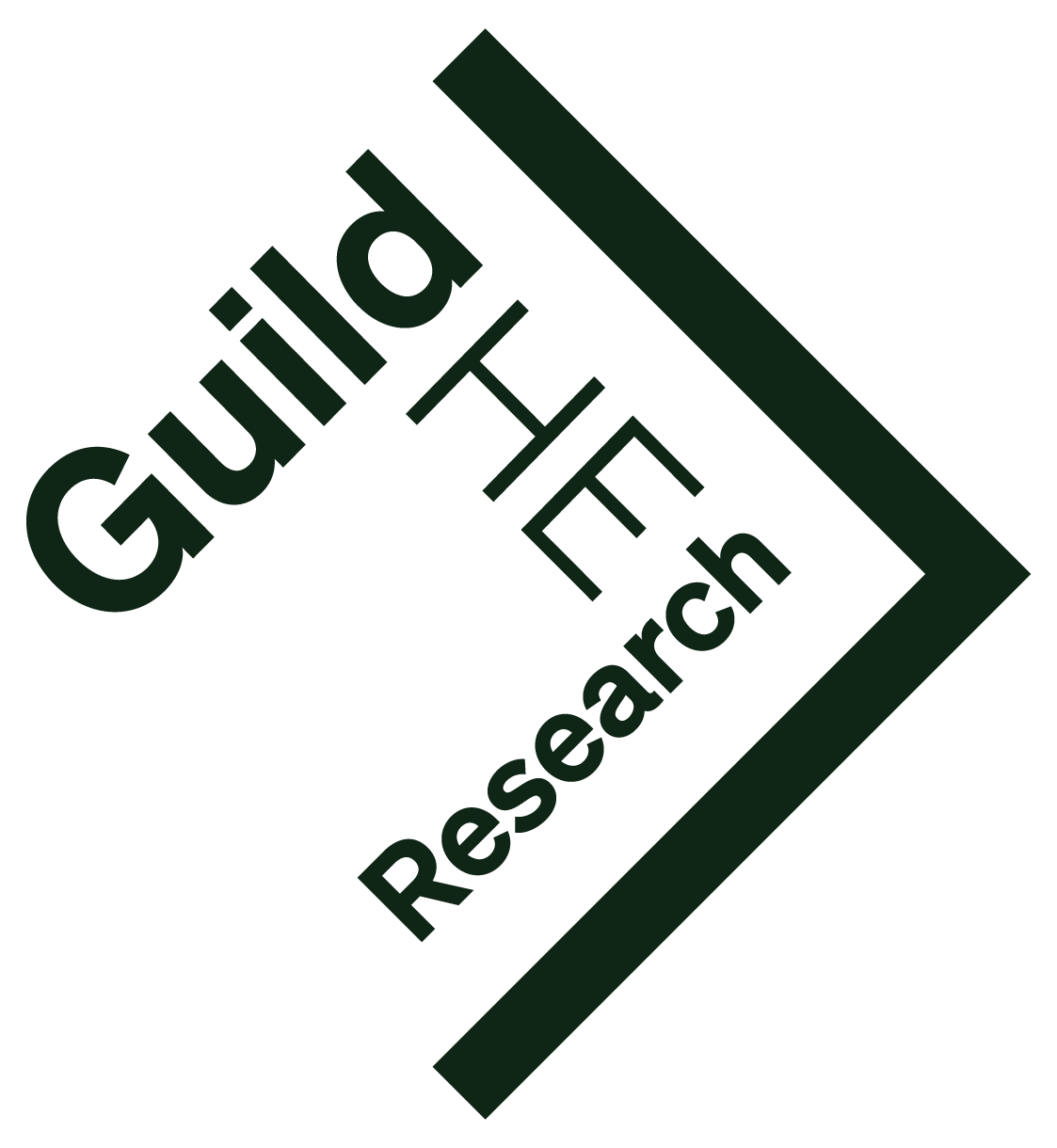The impact of molecular weight on the segregative phase separation-induced molecular fractionation of aqueous gum Arabic/xanthan mixtures
Hu, Bing, Zhang, Cunzhi, Han, Lingyu, Cao, Jijuan, Yang, Jixin, Zheng, Quiyue, Zhang, Xiaobo, Liu, Yu and Yao, Ziang (2025) The impact of molecular weight on the segregative phase separation-induced molecular fractionation of aqueous gum Arabic/xanthan mixtures. International Journal of Biological Macromolecules, 304 (2). ISSN 0141-8130
|
Text
WURO_IJBM 2025-140969.pdf - Accepted Version Available under License Creative Commons Attribution Non-commercial No Derivatives. Download (1MB) |
Abstract
Segregative phase separation of natural polymers has drawn significant research interest because of its diverse applications in the food industry. However, there is limited research on how molecular weight (Mw) influences segregative phase separation. This study aims to investigate the impact of Mw on segregative phase separation-induced molecular fractionation in mixed gum Arabic/Xanthan (GA/XG) solutions. The analysis focused on a single type of gum Arabic (referred to as EM10), with the molecular weights of both solid and liquid xanthan gum (XG) samples being altered through 60Coγ irradiation. These modified samples were evaluated using gel permeation chromatography combined with multi-angle laser light scattering (GPC-MALLS). The results demonstrated that the fractionation process of GA increased the content of the arabinogalactan-protein complex (AGP), increasing from an initial 29 % to a final 40 % within the GA/XG system (fixed with a mixture of 8 % EM10/0.8 % XG). When analyzing phase separation-induced molecular fractionation as a function of Mw, an increase in Mw (3.6 × 105–1.9 × 106) was associated with a corresponding rise in the degree of phase separation-induced fractionation. This was attributed to the irradiation-mediated breakage of XG chains. This study deeply analyzed the effect of Mw on the phase separation behavior and molecular fractionation mechanism of the GA/XG system. The results showed that when the Mw of XG was 3.6 × 105 (XG4) as a minimum, the AGP content was 29 % when mixed with GA, and when the Mw of XG was 1.9 × 106 (Control XG) as a maximum, the AGP content was 40 % when mixed with GA. The increase of Mw optimised the emulsion stabilisation property of GA significantly, which provided great practical value for its industrial applications.
| Item Type: | Article |
|---|---|
| Divisions: | Applied Science, Computing and Engineering |
| Depositing User: | Hayley Dennis |
| Date Deposited: | 24 Feb 2025 13:45 |
| Last Modified: | 24 Feb 2025 13:45 |
| URI: | https://wrexham.repository.guildhe.ac.uk/id/eprint/18269 |
Actions (login required)
 |
Edit Item |

